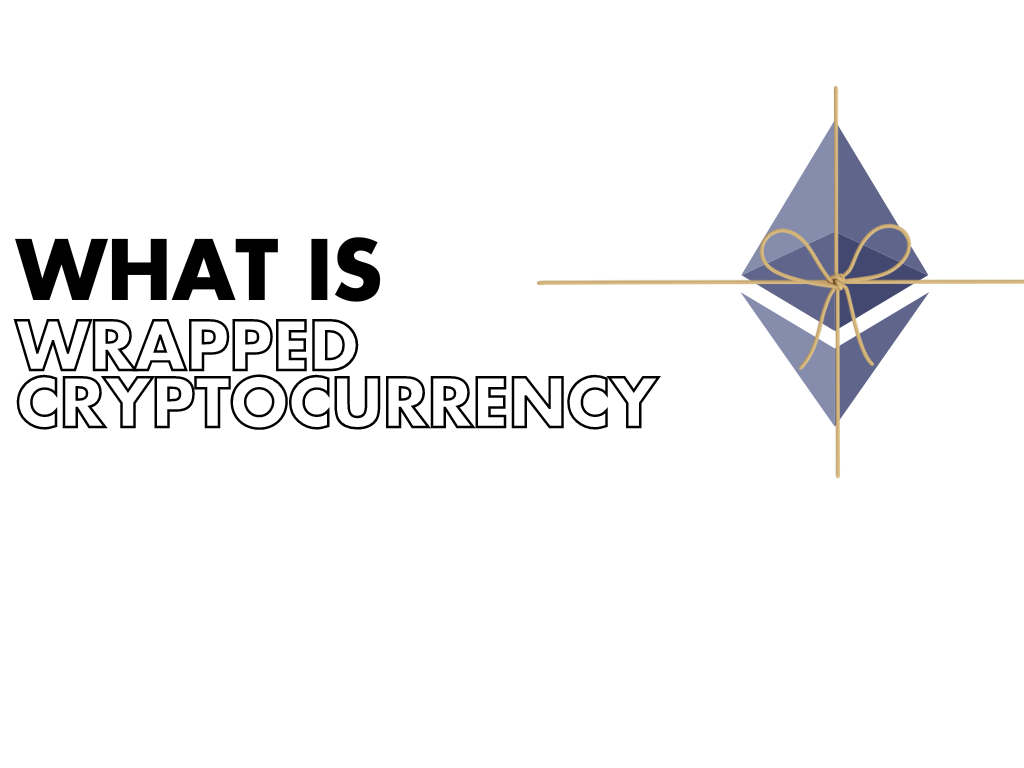A WRAPPED TOKEN is a form of cryptocurrency that signifies a value equivalent to another cryptocurrency, but on a different blockchain.
This idea is similar to converting a physical asset into a digital representation, enabling it to function smoothly across various platforms and ecosystems outside of its original blockchain.
Tokens are encapsulated to enable their functionality on alternative blockchains or within specific environments where they do not originally belong. This process of wrapping allows for greater flexibility and usability of digital assets across different platforms.
Wrapped tokens play a crucial role in promoting cross-chain interoperability and supporting decentralized finance (DeFi) applications. They allow users to leverage the diverse features and services available across multiple blockchains, making it easier to utilize assets from one blockchain within another. A prime example of this is Wrapped Bitcoin (wBTC), which represents Bitcoin on the Ethereum network, enabling seamless interaction with Ethereum-based DeFi protocols while maintaining the essential value and properties of Bitcoin.
HOW DOES WRAPPED CRYPTOCURRENCY WORKS
A wrapped token can be understood as a cryptocurrency or digital asset that is secured by another coin or asset, typically one that is native to a specific blockchain. The significance of wrapped tokens lies in their ability to facilitate interactions between different blockchain ecosystems, enhancing the overall utility of digital assets.
To understand the process of token wrapping, we can break it down into a straight-forward sequence of actions. Let’s Use “BTC” as an Example;
- Initially, a merchant transfers 10 Bitcoin (BTC) to a custodian.
- The custodian secures the Bitcoin in a reserve, which is essentially a crypto wallet, and the proof of this reserve is made publicly available on the blockchain.
- An equivalent amount of ERC-20 compatible Wrapped Bitcoin (WBTC) is created on the Ethereum network.
Merchants have the option to initiate a similar procedure to burn WBTC on the Ethereum blockchain, which in turn releases an equal quantity of BTC on the Bitcoin network. While WBTC operates under a Decentralized Autonomous Organization (DAO) framework to promote security and decentralization, it is important to note that wrapped tokens can also be issued by centralized organizations or through smart contracts. However, many advocates of decentralized finance (DeFi) caution against utilizing wrapped tokens that are managed by centralized entities due to the potential risks involved.
TYPES OF WRAPPED CRYPTOCURRENCY
It is generally acknowledged that stablecoins represent the initial category of wrapped tokens, although they differ significantly from the more traditional wrapped coins. For instance, a stablecoin such as USDT (Tether) is designed to be pegged to approximately one dollar.
However, Tether does not maintain a one-to-one reserve of physical USD for each USDT in circulation; instead, its reserves comprise a variety of assets, including cash, cash equivalents, investments, and receivables from loans.
IMPORTANCE OF WRAPPED CRYPTOCURRENCY
- Facilitates cross-chain compatibility
Wrapped tokens enable users to utilize assets across various blockchain networks, enhancing the versatility and functionality of cryptocurrencies.
- Boosts market liquidity
The trading of wrapped tokens simplifies asset exchanges, thereby contributing to increased liquidity in the market.
- Strengthens decentralized finance (DeFi)
Wrapped tokens play a crucial role in the decentralized finance (DeFi) landscape, fostering a more dynamic financial ecosystem.
- Maintains asset value
Wrapped tokens ensure that the original asset’s value is preserved, allowing for its continued redemption and worth on alternative blockchains.
- Accelerates transaction speed
Transactions involving Wrapped Bitcoin (wBTC) are quicker than those of Bitcoin, as wBTC operates on the Ethereum blockchain, which generates a new block approximately every 15 seconds.
HOW TO SECURE WRAPPED CRYPTOCURRENCY
Wrapped tokens represent a form of digital currency, akin to physical assets in the tangible world. Therefore, it is crucial to ensure the protection of your digital assets, including wrapped tokens.
When it comes to security, hardware wallets such as;
- Ledger Nano S Plus
- Ledger Nano X
- Ledger Flex
- Ledger Stax stand out as the most reliable options for asset protection.
These Ledger wallets store your private keys and seed phrases offline, effectively preventing unauthorized access or tampering with your wrapped tokens. Even with your keys securely offline, you can still engage with a variety of DeFi protocols through Ledger Live, a versatile application available for both mobile and desktop that interfaces seamlessly with your Ledger wallet.
This approach provides optimal security for your wrapped tokens while maintaining the flexibility to utilize them across various DeFi platforms.
Get started With AI powered HFT Trading bots today, Click here



